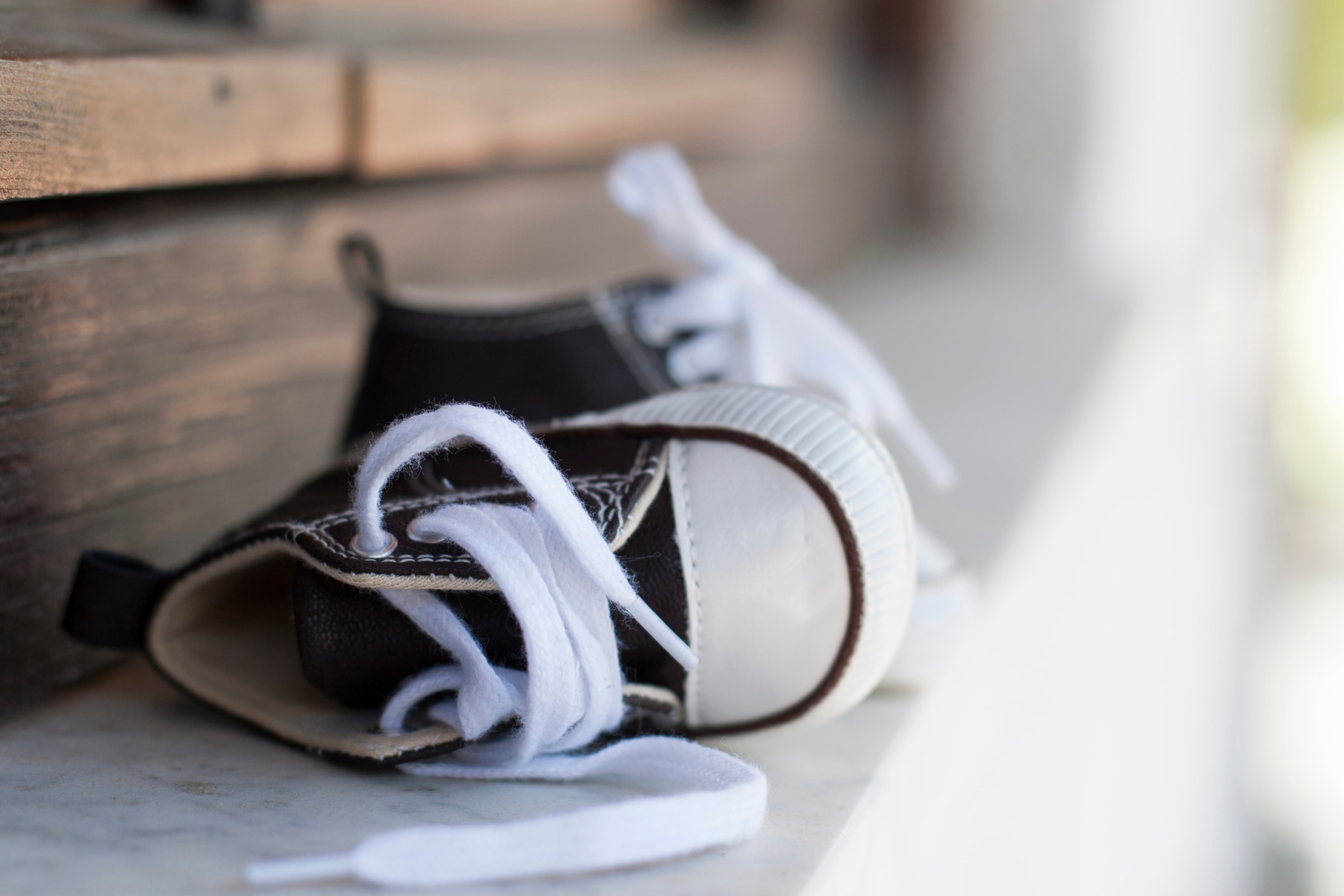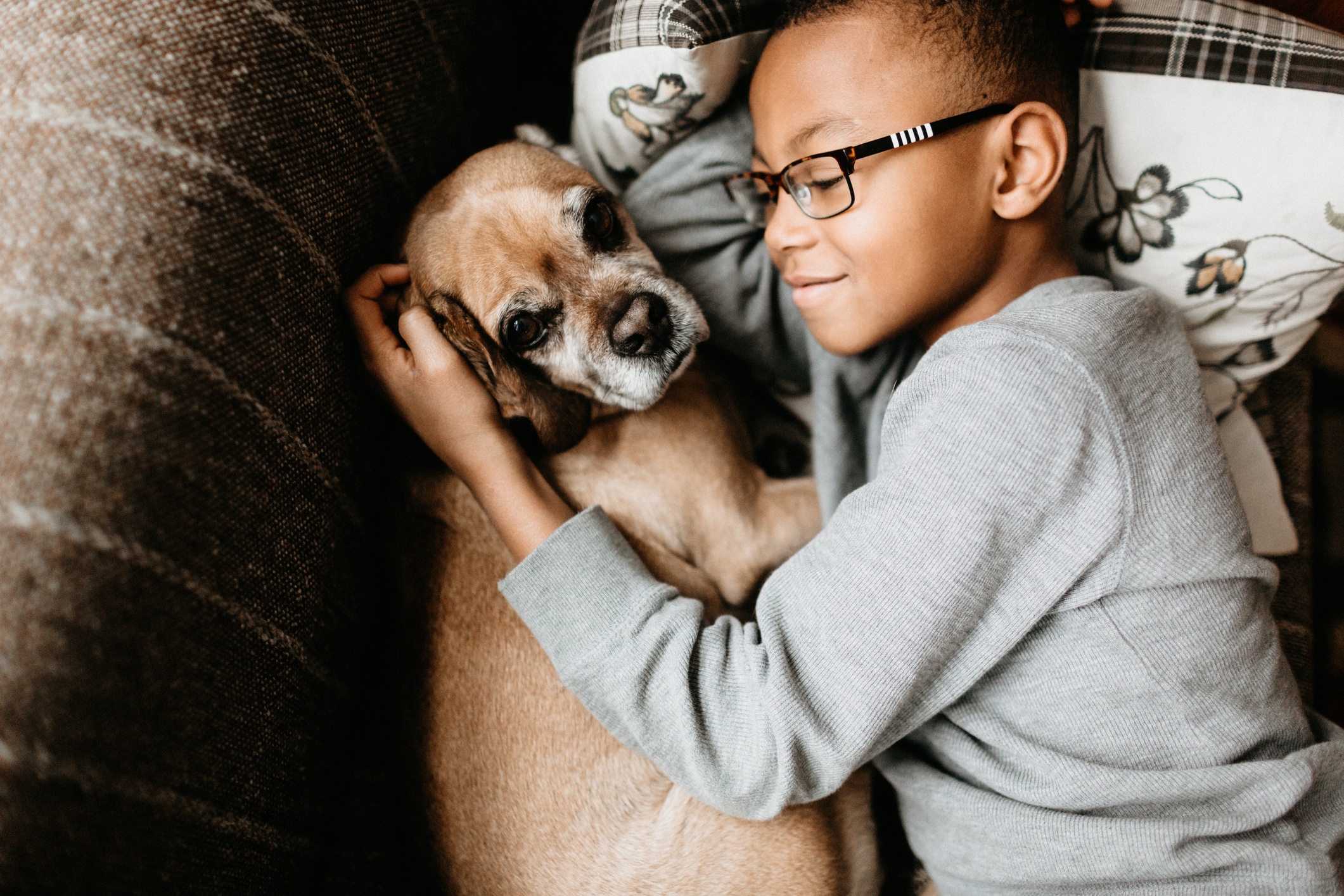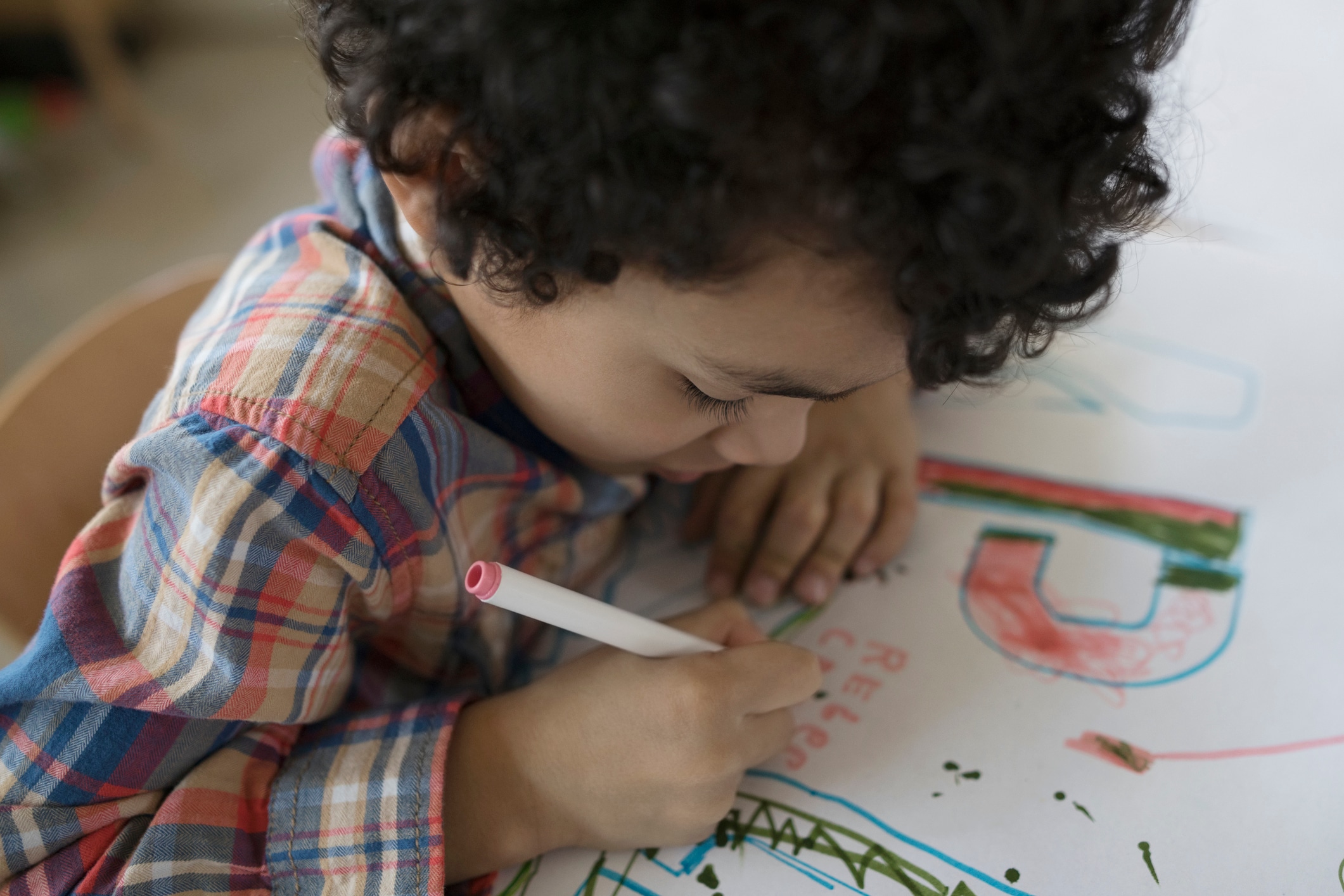As students head back into classrooms this fall, they’re carrying far more than their textbooks and supplies. The weight of the pandemic and a variety of other challenges — like striving to keep up academically and combating the pessimism that can arise as a result of distressing current events — continues to take a toll on students of all ages.
“In all fairness, it’s been a very darn uncertain year,” says Michele Borba, a doctor of education, educational psychologist and best-selling author of “Thrivers: The Surprising Reasons Why Some Kids Struggle and Others Shine.” “And now we’ve got hurricanes and school shootings happening. So it just adds to kids’ plates. They are stressed, particularly if they don’t have coping skills.”
Here, Borba shares the top five stressors she’s found are affecting kids from kindergarten to 12th grade, all over the globe, this school year — and the best ways to support them going forward.
1. Loneliness and struggling with social skills
No matter what school looked like for kids last year, most have had to endure some period of isolation during which they haven’t been able to practice their social skills, explains Borba. Compounding the issue: “Principals are saying the dynamics of the former friendship groups have changed, so some kids are feeling left out,” she says. “Some kids are moving to brand new schools. Other kids are feeling very introverted and a little bit anxious.”
The big picture issue is that sometimes adults often overlook how critical relationships are for children’s social development, explains Borba.
“Social skills need to be exercised just like spelling tests, words, and soccer practice.”
— MICHELE BORBA, DOCTOR OF EDUCATION AND EDUCATIONAL PSYCHOLOGIST
How you can help:
“Social skills need to be exercised just like spelling tests, words and soccer practice,” says Borba. A few ways to do this:
Urge your child to do this by simply saying hello to their peers. You can model this for them by saying hi to people you encounter while out in public. “Kids who really are a little more friendly are more open to making friends by just waving to another kid,” explains Borba. “Yeah, you may be wearing a mask, and you can’t smile, but you can smile with your eyes. And you can smile with your hands.”
Show them how to make an introduction. This can be something as simple as “Hi, my name is X. What’s yours?’” Borba also urges parents to teach kids about the importance of making eye contact. (If your child is more introverted, explain that they can start out by looking at the bridge of a peer’s nose.)
Talk about the power of cheering peers on. Your child might be able to connect with their classmates by offering words of encouragement. “Kids who really are fun out on the playground say, ‘Good job! High five! You’re doing well!’” says Borba, noting that cheerleading is a skill you can model in your own home. “As you’re playing Chutes and Ladders or chess, you make it a rule that you’ve got to encourage the other person at least twice. While you’re watching baseball, don’t just point out who’s got the hits or the strikeouts. Who’s the one that’s always high-fiving their buddy?”
Orchestrate an activity to help your child connect. Borba says that parents can also address a child’s loneliness by setting the stage for socializing. “Maybe you can start a book club in your house with your with tweenage kids, or you can teach yoga,” suggests Borba.
2. Pessimism
We’ve had an “enormously difficult year and a half,” so it’s normal for a child to feel a bit gloomy once in a while, explains Borba. But some are facing pessimism that’s pervasive and permanent, which is dangerous, as it raises the risk of depression and anxiety, she says.
How you can help:
Watch your own verbiage. “If you’re always saying, ‘Oh my gosh, we’re never going to get through this,’ it’s going to filter right down to your child,” says Borba.
She recommends catching thoughts like these before you share them aloud, and then coming up with a mantra, like, “I got this. It’s gonna be OK.” You can simply say it out loud to yourself but enough that your kid begins to catch it — and hopefully begins to use it when pessimism strikes.
Look for positive narratives. “Images that kids see can elevate their empathy and optimism and decrease their stress and pessimism,” notes Borba. That’s a good reason to task your family with finding and sharing good news, potentially at the dinner table nightly.
3. The achievement gap
A 2019 Pew survey found 61% of teens said they feel a lot of pressure to get good grades. Borba says she heard about that pressure firsthand while interviewing kids from coast to coast before COVID hit. Upon asking about their primary stressors, they expressed fear around disappointing their parents with their academic performance.
Now, Borba says that missing out on in-person instruction and juggling all the stress of the past year with their studies has many students wondering, “How will I catch up? Can I catch up? What’s going on with my scholarship?”
How you can help:
Consider how you talk about grades. “We’re so quick to say, ‘What did you get?’ as opposed to ‘what was the best part of your day?’” notes Borba.
And when you do talk about grades specifically, emphasize any progress your child has made, talking about how far they’ve come and where they can go from here, which will bolster perseverance.
Offer reassurance. Borba recommends telling kids something along the lines of, “I know this has been a really hard time, and I know you’re trying your best.” This way, they’ll know you won’t be “hunkered down with disappointment if they have a failing experience.”
Address any factors that could be compromising their focus. “Don’t overlook things that are curtailing kids from achieving,” says Borba, who cites sleep deprivation as one of the main culprits. For that reason, she suggests swapping out older kids’ phones or other devices for a conventional alarm clock.
Keep reading. Borba says one of the best ways to boost academic achievement is to keep reading out loud to kids, making it part of your nightly routine.
4. The fear factor
We might be 18 months into this pandemic, but worries about getting the virus still plague kids and adults, regardless of vaccination status. “Kids are still concerned about COVID,” says Borba. “Uncertainty definitely increases stress and drives anxiety.”
How you can help:
Gather trustworthy information together. “Go to the CDC or your child’s school website, and look at safety precautions together,” advises Borba. “Knowing what is being done [to preempt viral spread] can placate them.”
Or you might talk to a doctor or medical professor together. “Find a way through fears by intellectualizing it and showing your child what people are doing to make sure everyone’s safe,” says Borba.
Tune into your own behavior. “Our kids are mirroring us,” notes Borba. “They’re also picking up vibes.” For that reason, Borba recommends making sure you’re doing what you can to take care of your own mental health: take deep breaths, be calm and create a sense of stability regardless of what’s going on outside of your home.
5. Stress management
It might sound redundant, but one of the top stressors is, well, stress — or more specifically, lacking stress management skills to deal with uncertainty across the board. They’re asking questions like, “How do I cope when I’m stressed or scared? What can I do in a situation when I’m not with my family, and I’m in the classroom or at a soccer meet?”
How you can help:
Stick to rituals and routines. Perhaps at 7:20 a.m., your child knows they’re having breakfast, and at 8 a.m., it’s time to get in the car to head to school. Consistency helps kids know what’s expected and, in turn, reduces stress, says Borba.
Identify stress signs. Help your child identify what stress “looks like” for them so they can better recognize and address it. “For some kids, it’s more physical — their hands go into a fist, they grind their teeth, they rock back and forth,” notes Borba.
Create a calm down place in your home. Create a space in your kid’s bedroom or the living room that’s filled with items they say help them get centered. “Maybe you put a beanbag chair there,” suggests Borba. “Many teens like music loaded onto their phone. Some little kids like glitter jars.”
Work together on learning meditation, mindfulness or deep breathing. You can teach various methods to your child one week at a time. It could be something as simple as taking a slow, deep breath, riding it up like an elevator. Then hold it, and slowly let it out, explains Borba. “Make the exhale twice as long as the inhale,” she advises, noting that kids love this technique because they can use it anywhere.
“We want our kids to become resilient and handle adversity. It’s an uncertain world.”
— MICHELE BORBA
What parents can hold in mind along the way
As concerning as it is to know that kids around the world are stressed about their social lives, current events, academic achievement, avoiding COVID and stress itself, Borba says these issues also present us with an opportunity to help children grow — and thrive.
She sums it up: “These are issues that we need to help our kids learn to cope with. We want our kids to become resilient and handle adversity. It’s an uncertain world. And we’ve got to raise thrivers.”

Michele Borba is an educational psychologist and author of “Thrivers: The Surprising Reasons Why Some Kids Struggle and Others Shine.”






